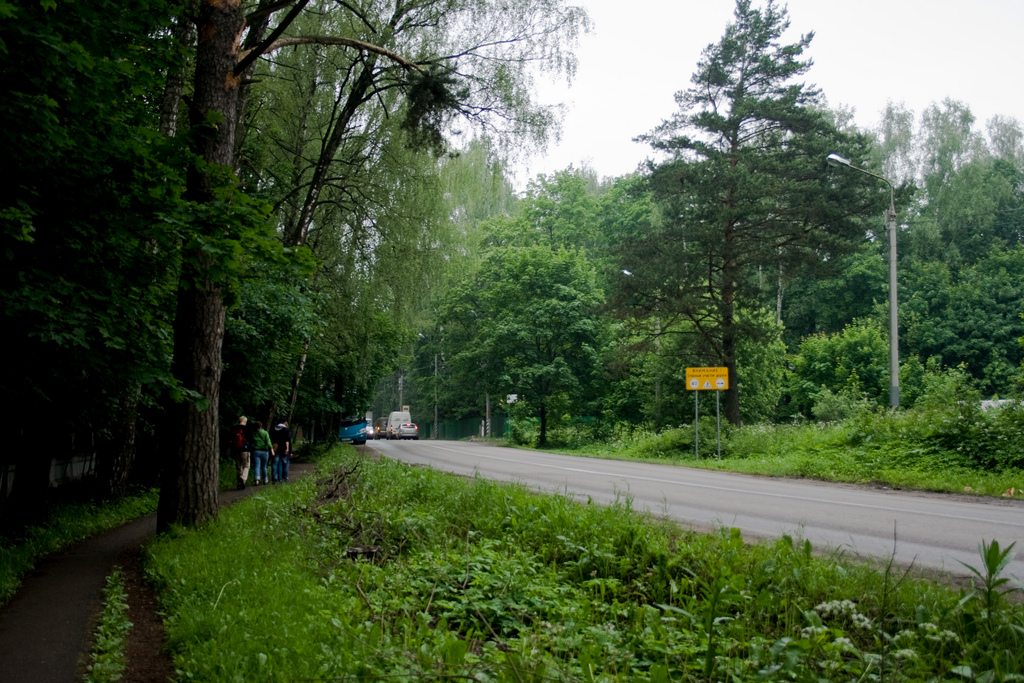Are you headed over the river and through the woods to grandma’s house this holiday season? If you are a teen driver, this may be your first time getting there on your own. Driving on unfamiliar roads can be scary, even for someone with driving experience. Teenage drivers need to be extra-attentive when navigating unfamiliar roadways because they have not mastered basic driving skills.
To get to the destination on time and prevent distractions created by reading directions or a map while driving, plan the route. Familiarize yourself with the road names and landmarks. If your car or cell phone has a GPS feature, use it to aid your travel. Input the destination and begin the navigation before pulling onto the roadway and pull to the side of the road while traveling if route adjustments must be made.
If you miss an exit or turn while driving, pass it and look for a safe way to change direction and get back to it. Trying to make a turn or exit at the last minute can be unsafe and even illegal. This will put both your safety and the safety of other drivers at risk and can result in a ticket. Statistics do not lie: between 2004 and 2007, improper lane changes or turns were responsible for nearly 50,000 moving violations.
When a lane change or turn is necessary, use turn signals to indicate intentions. Signal in advance of making the change and visually scan the area for traffic and other hazards before changing lanes or making the turn. This can prevent lane change accidents that, according to one recent study, occur approximately 630,000 times each year.
When traveling in an unknown area, be alert to local hazards such as pedestrians, cyclists, and animals. In busy areas, watch out for traffic and crowds of walkers during nighttime commutes. Critters such as foxes, raccoons, deer, and even moose are known to cross roadways at dusk or during darkness so scan both the road ahead and the sides of the roadway to identify these animals before they can dart into your path.
Getting lost is never fun so ask locals for assistance when necessary. Make sure the car is equipped with jumper cables and add roadside assistance to the car insurance or a supplemental automobile association plan. If the car breaks down on an unfamiliar road, professional assistance will be just a phone call away.
*Photo Courtesy of Katie Brady via Creative Commons License

